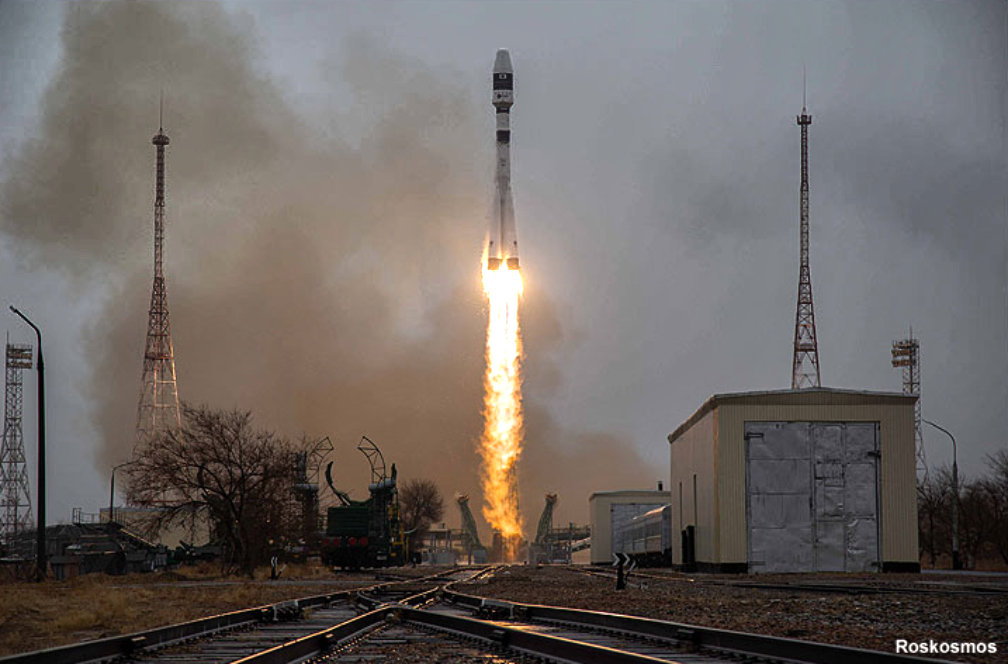
On March 20, 2021, an EO satellite from South Korea’s space agency, KARI (Korea Aerospace Research Institute), was delivered to orbit — the CAS-500-1 smallsat will capture high-resolution pictures of the Earth.
The highly precise, single frequency, LEO GNSS receiver, from the new generation of the GNSS receiver family from RUAG Space, will determine the position of the satellite in orbit.
In total, more than 80 RUAG Space receivers of the latest generation (LEORIX for Low Earth Orbit, GEORIX Geostationary Orbit and PODRIX) have been ordered by customers in Asia, Europe, Middle East and the USA so far. They will be launched for different Low- and Geostationary Earth Orbit missions within the next few months and years.
Currently, 22 navigation receivers from RUAG Space are on-orbit. The satellite CAS-500-1 was launched aboard a Russian Soyuz-2 launch vehicle from the Baikonur, Kazakhstan, spaceport.

After the launch of “CAS-500-1,” South Korea plans to send the “CAS500-2” satellite to space. A launch date for this second mission has not yet been established. The South Korean “CAS500-2” mission will also fly with a LEORIX receiver from RUAG Space.
The satellite builder KAI (Korea Aerospace Industries) has already received the space-borne, navigation receiver.

